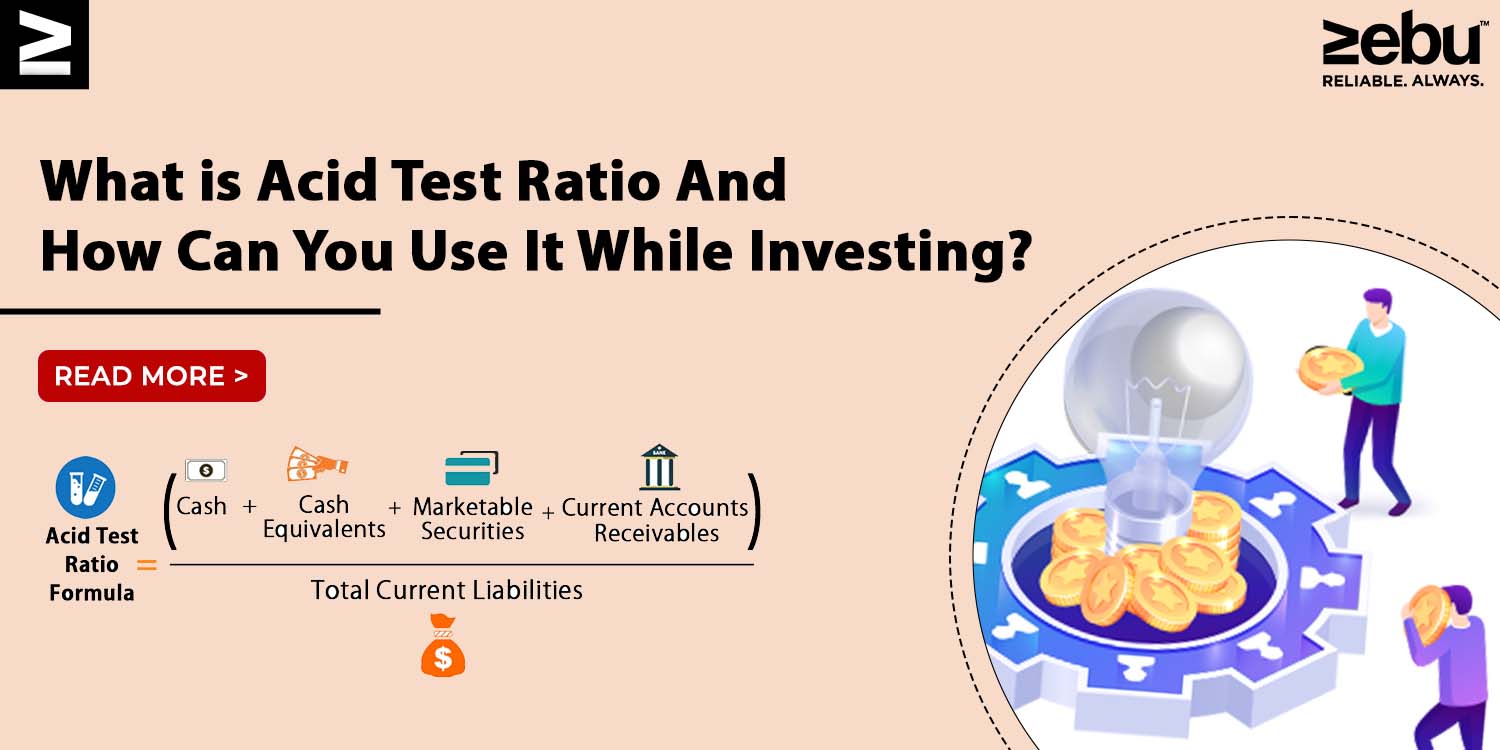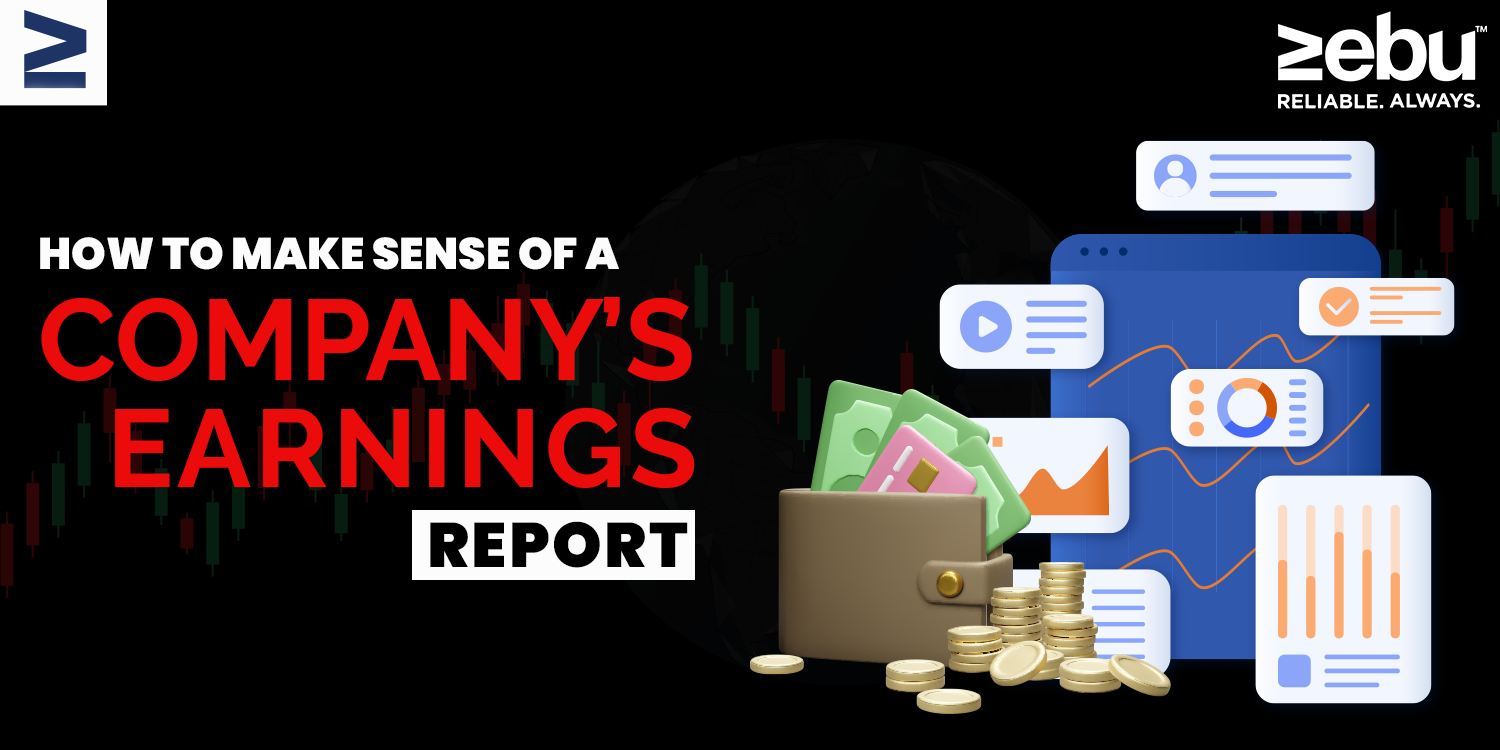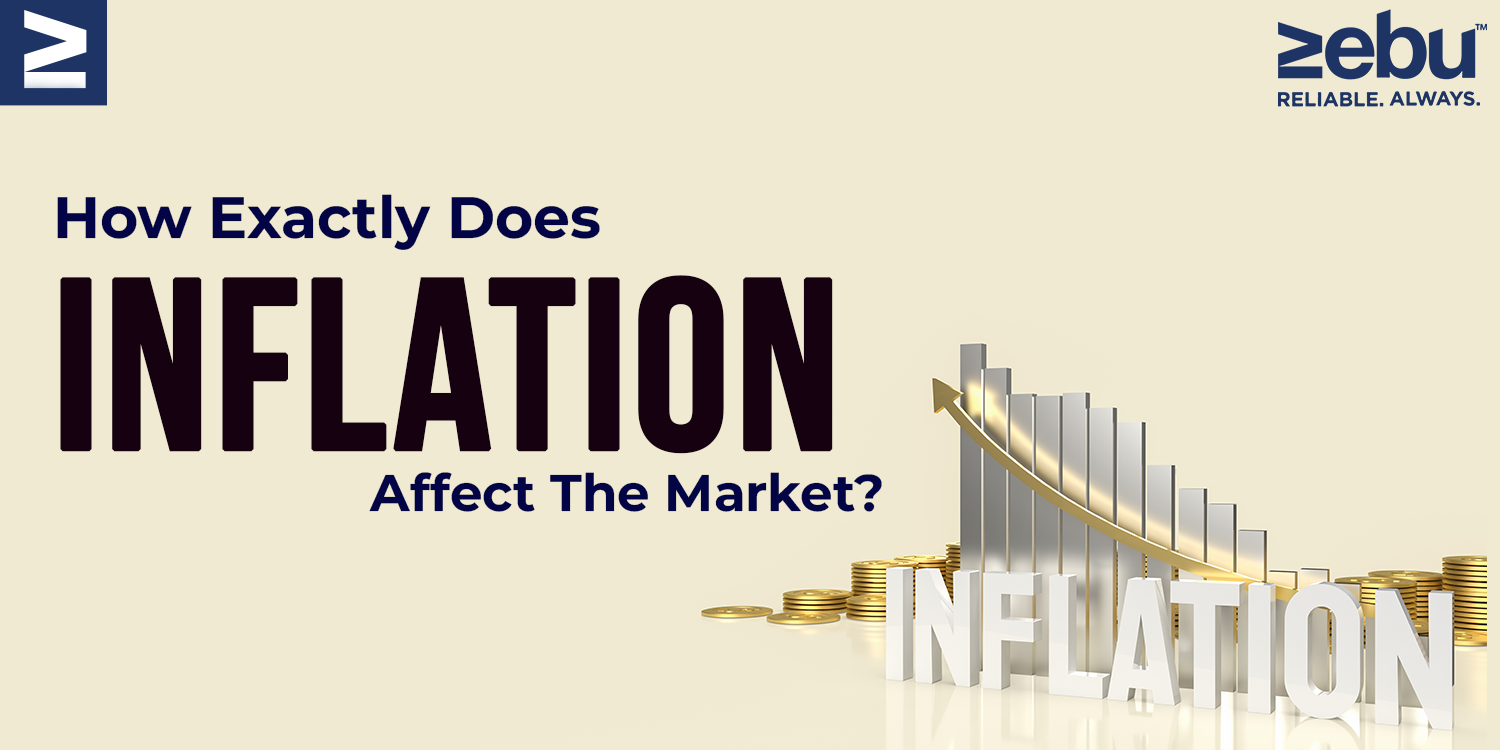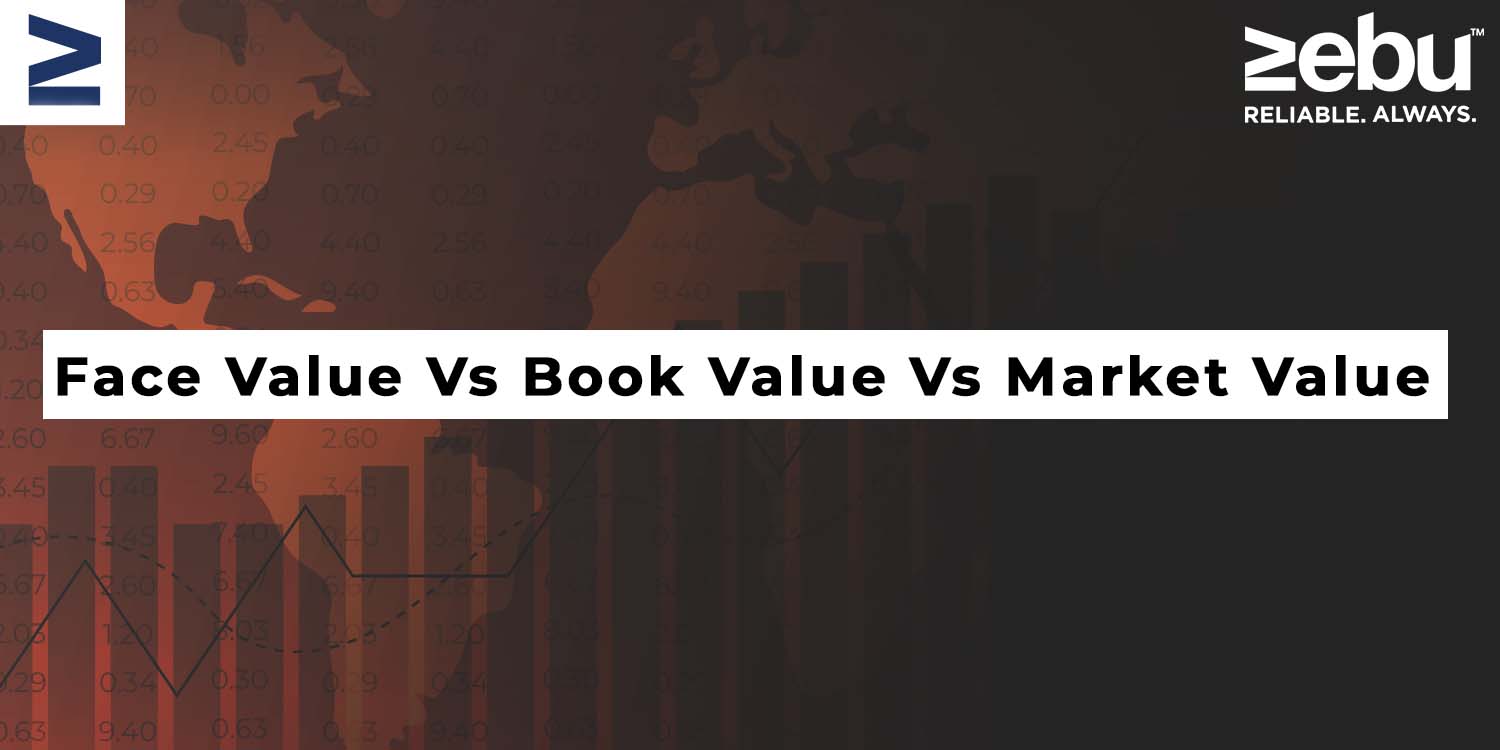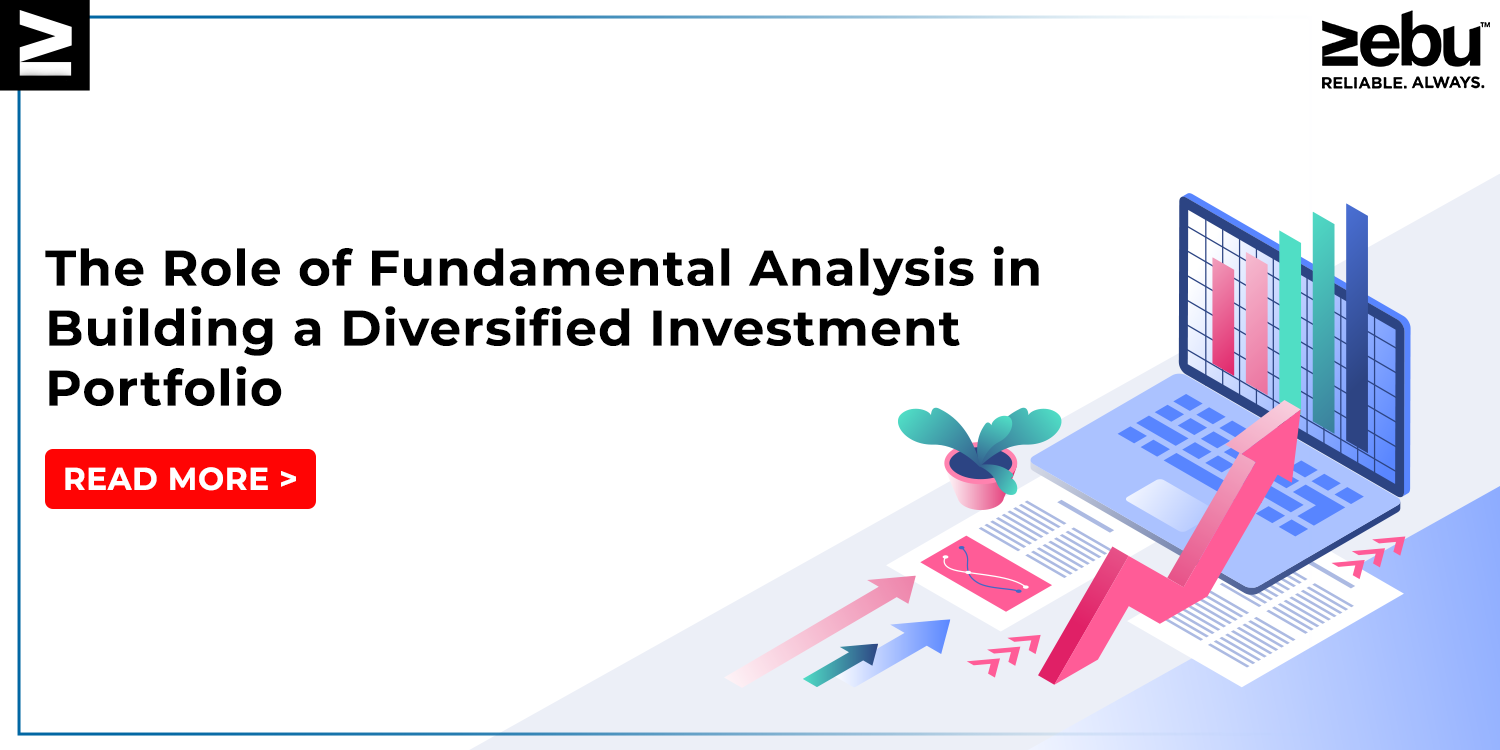
Fundamental analysis is a key tool for investors who are looking to build a diversified investment portfolio. It involves evaluating the underlying financial and economic factors that can impact a company’s stock price, with the goal of identifying stocks that are likely to perform well in the long term.
One of the main benefits of fundamental analysis is that it helps investors to make informed investment decisions based on objective data, rather than relying on market speculation or short-term trends. By analyzing a company’s financial statements, management team, market conditions, and other relevant factors, investors can gain a deeper understanding of a company’s strengths and weaknesses, and make informed decisions about whether or not to include it in their portfolio.
In addition to helping investors to identify potential investments, fundamental analysis can also play a key role in portfolio diversification. By analyzing a wide range of companies in different industries and sectors, investors can build a portfolio that is less vulnerable to market fluctuations and is better positioned to weather economic downturns.
There are several key steps that investors can take when using fundamental analysis to build a diversified portfolio:
Identify your investment goals: Before you start analyzing individual stocks, it is important to have a clear understanding of your investment goals. Are you looking to generate long-term growth, generate income, or a combination of both? Knowing your goals will help you to choose the right mix of stocks and other assets to include in your portfolio.
Evaluate the company’s financial health: One of the key factors to consider when conducting fundamental analysis is a company’s financial health. This involves analyzing its financial statements, including its balance sheet, income statement, and cash flow statement, to assess its profitability, debt levels, and other key indicators of financial stability.
Analyze the company’s management team and business model: In addition to its financials, it is also important to assess a company’s management team and business model. This can involve evaluating the experience and track record of the management team, as well as the company’s competitive advantage and growth potential.
Consider the industry and market conditions: It is also important to consider the industry and market conditions in which a company operates. This can involve evaluating the overall health of the industry, as well as any potential risks or opportunities that may impact the company’s future performance.
Diversify your portfolio: Once you have identified a list of potential investments, it is important to diversify your portfolio by including a mix of stocks from different industries and sectors. This can help to reduce the overall risk of your portfolio and increase the chances of long-term success.
In conclusion, fundamental analysis is a powerful tool for investors who are looking to build a diversified investment portfolio. By evaluating the underlying financial and economic factors that can impact a company’s stock price, investors can make informed decisions about which stocks to include in their portfolio and how to diversify their holdings to reduce risk. By following these steps, investors can increase their chances of long-term success and achieve their investment goals.
